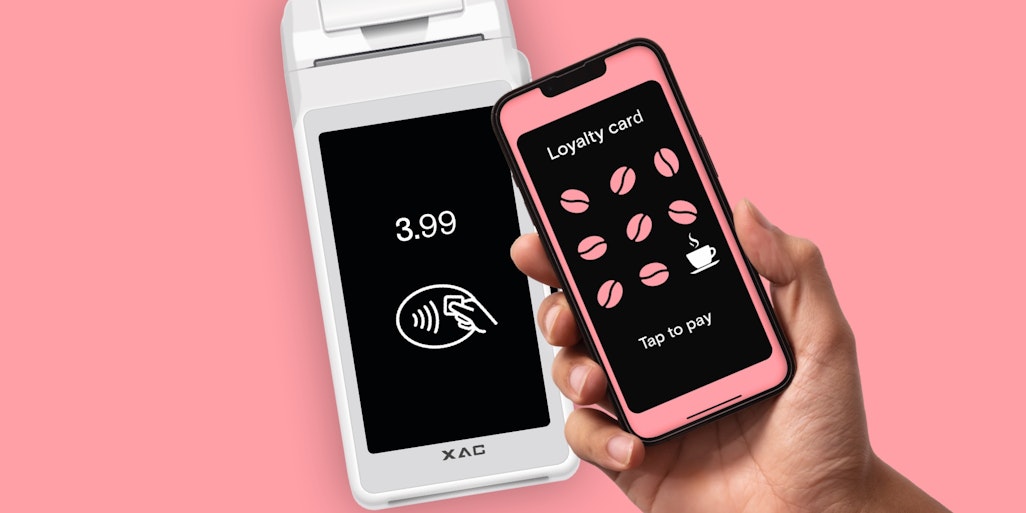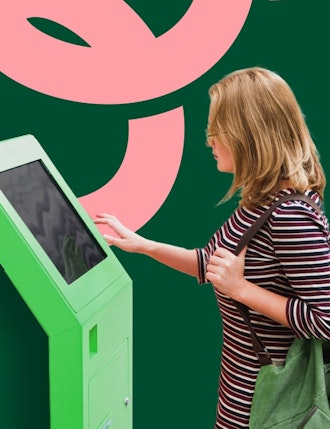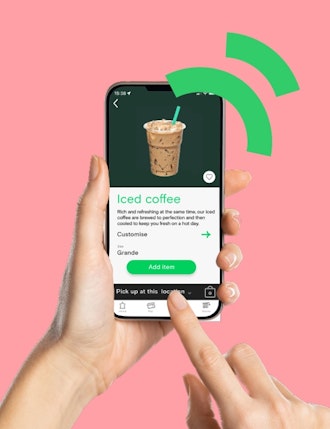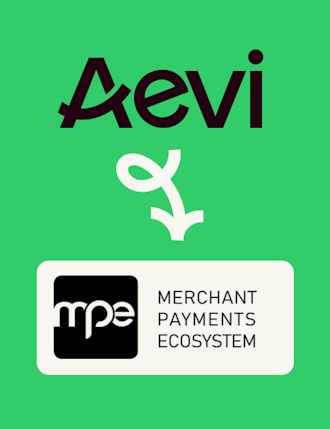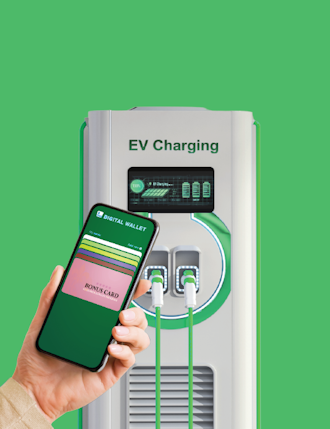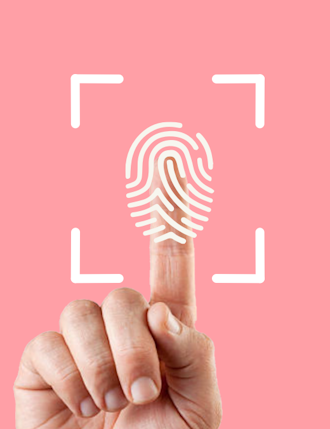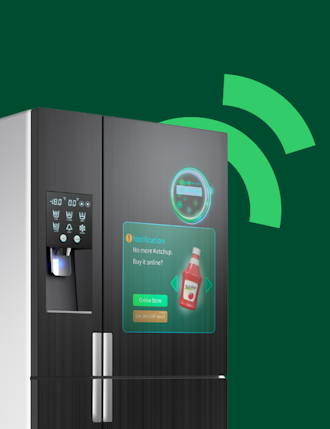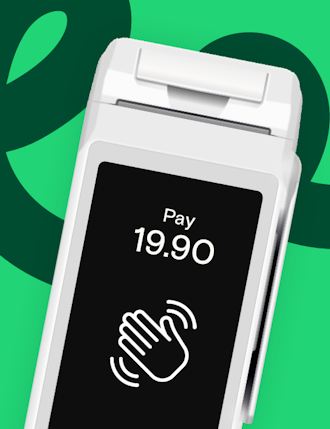The Gamification trend has exploded in recent years with businesses and organisations of all shapes and sizes using it as a way to motivate staff, help customers, improve engagement, build loyalty and incentivise purchasing. Here we look at how merchants have and could use gamification to improve in store experiences and build novel and immersive activities that customers want to be involved in.
What is Gamification?
Gamification comes in many formats, but it almost always involves making use of the technology that either customers or merchants have at their fingertips. This makes POS and particularly smartPOS particularly valuable for stores where, as well as taking payments, this technology can be adapted to feature in games and activities being operated in one or multiple locations.
While brand marketing has taken some initial steps into gamification, the retail sector hasn't fully tapped into its potential. In particular, brick-and-mortar stores and experiential marketing can seize a lot more of the opportunities offered by gamification, which means adding game elements to non-gaming situations. Gamification offers lots of chances to enhance the in-store experience and connect with audiences, particularly younger ones.
Engaging with customers and fostering loyalty using gamification
A good and well established example of gamification is the loyalty card. When customers in a store make a purchase they present a card or app and the POS uses this to then add points onto their loyalty account. The customer can then use these points to get money off a future purchase or exchange them for an item. In both scenarios, the customers play a game, collecting points, and are rewarded with an item, the prize.
This is a great example of why gamification works; The customer plays and gets something for their trouble and the store benefits as well.
Beyond this most basic method of loyalty gamification, many stores use this technology to offer personalisation, for example offering discounts on a product that a customer buys regularly. This is where smartPOS really comes into its own, because whilst it may seem that complex digitally based reward schemes might be the preserve of large multi-location vendors, there are a plethora of apps that merchants can download onto a smartPOS device that unlock loyalty schemes.
This smartPOS and app based approach to loyalty schemes means that merchants can choose the loyalty scheme that works for them. For example some loyalty schemes are designed to work for a network of different independent stores who are all based at nearby locations. This means that a customer can go to different stores on the same highstreet and have their loyalty rewarded across all of these locations, incentivising buying local. Others focus on a small chain setup where customers can collect and redeem points at a few locations.
A more explicit example of gamification is the prize wheel, which is still a popular game utilised by many stores. Merchants can use smartphone apps and in-store gadgets to set up prize wheels. Thinking about adding one in a retail store to attract more visitors could be a smart move. Customers could have a shot at winning discounts at the checkout by giving the wheel a spin before paying with, for example, a smartPOS.
Modern treasure hunts with a payment twist
The treasure hunt is a classic game format with a rich history that has been enjoyed for generations. However, the advent of near ubiquitous smartphone ownership has brought it into the 21st century where participants use geolocation tech to play games like Pokemon Go and Ingress and use scavenger hunt apps like Let’s Roam.
Merchants are also embracing this format. Examples abound, including limited time discounts where a smartphone app displays a countdown timer so that users have to reach a certain point in a shopping mall by a certain time to get a discount, a game where players have to go to certain points in a store to find clues which when put together and solved unlock a special sale item and an around town food experience where players reach a food stall, eat and pay to unlock the clue to the next location.
One of the attractions of the treasure hunt is its flexibility. Players can hunt for physical items, QR codes that unlock a video, build a phrase that is the final clue or solution to a puzzle or simply be sent to a range of locations. This flexibility means that whatever size an enterprise is, whoever its target customers are and whatever its brand values and positioning, there’s a treasure hunt game format that will work for it.
Gamification meets voting and feedback
Latvian crisp brand Adazu wanted to improve engagement with their campaign to revive some of their old flavours of crisp, now discontinued. To build excitement they built a Tinder like app that allowed users to vote on which flavours they wanted to resurrect. The campaign was a huge success, building excitement about the return of crisp flavours before it even happened.
This campaign worked because it evoked nostalgia and allowed one user to compare themselves to another.
Using the voting mechanism gives stores another great way to add gamification to the experience of visiting and purchasing from them. Customers can vote for products, food flavours or experiences they’d like to see - all easily managed from a smartPOS. This allows stores to seamlessly go from payment to engagement to product development insight quickly at the point of sale with one device.
Another clever use of this is to consider surveying customers to capture insights and data but in a fun way that makes the survey a quiz and offers a prize. Not only does this make it a better customer experience, but also incentivizes participation, increasing the range and depth of customer data captured.
Untapped potential
Gamification offers lots of exciting ways for merchants to engage with their customers, both in store and out. Because gamification is highly scalable, it can work for merchants of all types and sizes and by leveraging smartPOS, store owners can use prebuilt or easily customisable technology to quickly gamify interactions in a way that works for their brand.
Retailers are only just scratching the surface of what gamification can offer in terms of customer experience, customer loyalty and customer data and insight gathering. The potential offered to advance gamification in store is huge if merchants leverage opportunities like cross device storytelling involving smartPOS, customer smartphones and other in-store touch points.
Augmented Reality (AR) is another technology changing the way people shop, allowing customers to visualise what an item of clothing might look like on them or how a piece of furniture would look in a home. This technology could easily be taken a step further to gamify the customer experience in interesting new ways.
Merchants should consider how payment technology can be at the forefront of enabling gamification in stores. SoftPOS devices have the required technology and flexibility to be used as platforms for high-resolution games. Merchants with multiple locations who face the challenge of deploying, updating and managing games across multiple locations can use payment orchestration platforms to meet those requirements as well as centralise, interrogate and visualise player data.
App developers can seamlessly slot into using this technology to rapidly develop and deploy games. Aevi have further enabled this ecosystem by developing AppFlow which streamlines the process of incorporating apps rapidly into payment systems.
It’s going to be exciting to see how these technologies develop and enhance each other and continue to improve the experience of customers in stores and the ability of merchants to serve their needs.
If you're a fan of games, why not check out our PayPros Trivia Quiz Challenge, where you can prove your expertise in the payments industry.
